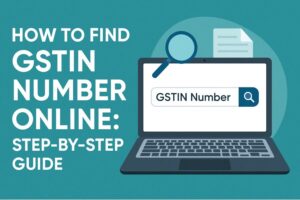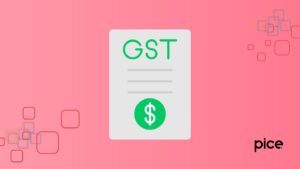GST Migration Process Explained
- 28 Aug 24
- 8 mins
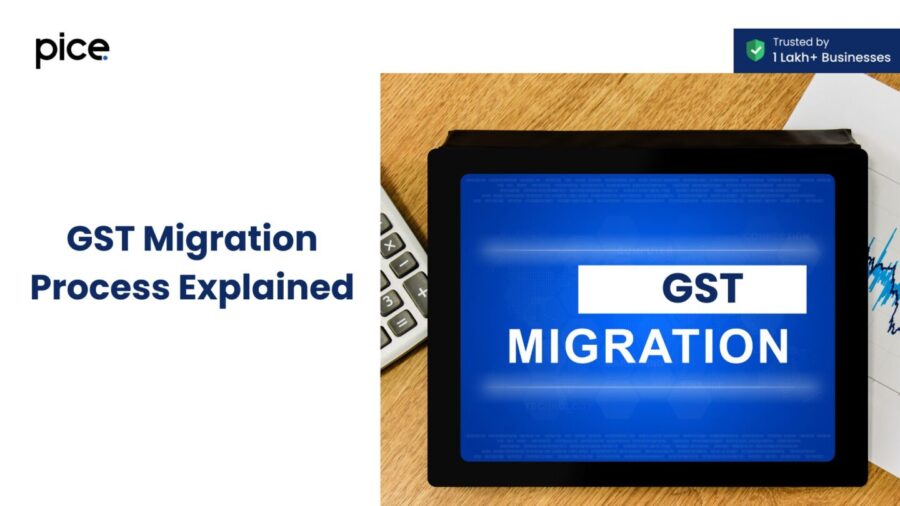
GST Migration Process Explained
Key Takeaways
- Eligibility: VAT and Service Tax taxpayers (excluding alcohol dealers) must migrate to GST.
- ITC Transition: Transfer input tax credit to GST using forms like TRAN 1, with specific conditions and deadlines.
- Registration: Provisional registration must be finalized within three months via Form GST REG-26.
- Cancellation: Cancel provisional registration within 30 days if not liable under GST, using Form GST REG-29.
- Documents: Key documents include partnership deeds, incorporation certificates, photos of partners/directors, authorised signatory proof, and bank statements.
The process of providing existing taxpayers under Value Added Tax (VAT) or Service Tax regimes with a GSTIN is termed GST migration. Taxpayers registered under the Goods and Services Tax (GST) system portal are eligible for GST migration. In other words, taxpayers registered under central excise, service tax, state sales tax or VAT (excluding alcohol dealers), entry tax, luxury tax and entertainment tax are eligible for GST migration.
In this blog, we will walk you through the GST migration documents, transition provision for input tax credit, and the provisional registration process followed by the final registration process. Further, learn about the process to cancel provisional GST registration in this comprehensive guide.
GST Transition Provision for Input Tax Credit
The GST Act makes provisions for the transfer of earned input tax credit to GST. Here are the provisions that the GST Act provides for Input Tax credit transition:
- The closing balance of the input tax credit in accordance with the last return filed is a credit under the GST regime. As a taxpayer, if you filed returns in the last 6 months before the previous regime that is from January to June 2017 then you consider it as credit in the GST regime. The regime further mandates filling out form TRAN 1 by December 2017 or November 2022, which you can rectify once for any mistakes.
- The previous regime allowed a part of the input tax paid on capital goods as input tax credit. Under the new regime, the remaining part is transferable to GST by filling in form TRAN 1.
- Manufacturers and service providers often held stocks during GST introduction initially. They had to pay duty on the goods held. However, after the introduction of GST, the manufacturers can avail of the duty paid as credits based on the declaration on the portal and availability of invoices. However, traders can still avail credit even without invoices, as long as the stock is distinctly identified and the credit is transferred to the final consumer. The following is the way to avail credits if invoices are unavailable:
| GST Rate | Intra-State Credit | Inter-State Credit |
| Below 18% | 40% | 20% |
| 18% and above | 60% | 30% |
The following are the criteria that help manufacturers fulfilling the above criteria avail input tax credit:
- Not registered under the previous regime
- Manufactures or supplies GST-exempt goods
- Provides work contract services
- Needs to be a first-stage or second-stage dealer
- Should be a registered importer
To avail credits, the manufacturer needs to fulfil the following conditions:
- Inputs or goods need to be utilised as taxable supplies.
- The input credits should be utilised to reduce the price burden on customers.
- The assessee needs to qualify for the eligibility criteria.
- Invoices of payments must be there and should not be more than 12 months old.
- The manufacturer should not be a service supplier.
4. The input tax credit applies when the duty is paid before GST introduction, but goods and services are received after GST introduction. Further, you should have an invoice prepared before 1st August, 2017 to get input tax credits. In case there is a delay, there can be an extension of up to 30 days with a valid cause. The extension further needs approval by a competent authority.
5. Pending claims and refunds associated with the CENVAT credit must be settled based on the previous regime. However, the interest or tax paid should be before 1st July, 2017. Further, the pending amount payable are arrears payable under the GST Act.
6. If a GST-registered agent is holding the goods and VAT has been paid on the goods, then the agent can claim input tax credits. However, the agent must declare it with form GST TRAN 1 within 60 days from the date of appointment. In addition, the invoice issuance should be within the previous 12 months from the appointment date.
7. Continuous supply of goods and services requires payment of GST based on the previous regime before the date of appointment. However, the applicable tax is payable under the previous regime.
Provisional Registration
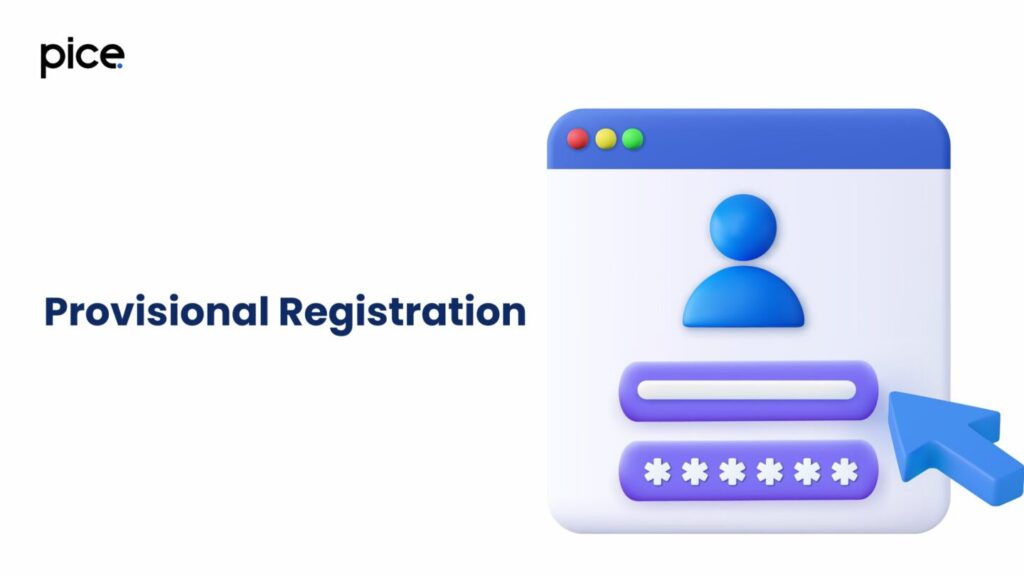
Provisional registration is temporary registration under GST. The taxpayer receives a provisional certificate of registration in Form GST REG-25, which contains a GSTIN. If a taxpayer has more than one registration under the previous law in a single PAN card, he or she will get a single provisional registration under GST. However, if a taxpayer has a centralised registration under service tax, then he or she will get one provisional GST registration in the state of registration.
Final Registration
A person liable to register under GST must submit the application in Form GST REG-26 by presenting all the necessary information within three months. On presenting the correct information, they will get the final registration in Form GST REG-06.
However, if any information presented is incorrect, the officer issues a show cause notice in Form GST REG-27. If the reasons are valid, the provisional registration is cancelled in Form GST REG-28. A satisfactory answer by the applicant further results in the nullification of the show cause notice in Form GST REG-20.
Cancel Provisional Registration
If you are a person who is not liable for registration under GST laws, you can apply for cancellation of the provisional registration within 30 days from the date of appointment. In this case, you should submit the cancellation request by applying electronically with Form GST REG-29. The officer proceeds with the cancellation after an enquiry to ensure validation.
What Will Happen if an Existing Person Is Required to Migrate to GST But Does Not Do So?
If a person required to migrate to GST does not do so, then he/she will be restricted from claiming input tax credit of excise and VAT of stocks. Further, the person will have to pay a penalty for not registering despite being liable to be registered.
Documents Checklist for GST Migration
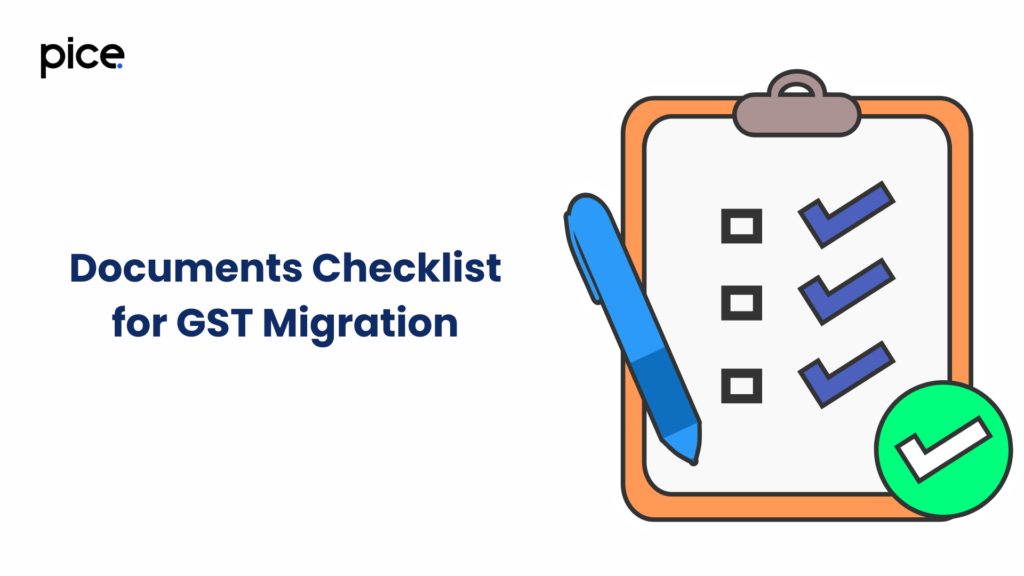
There are several GST migration documents that you need as a registered taxpayer. Here are the GST migration documents that you need for seamless proceedings:
- Partnership Deed for a partnership firm or Certificate of Incorporation for a company. In case it is a Limited Liability Partnership (LLP), you will require both documents.
- Photo of partners or directors including the authorised signatory
- Proof of appointment of the authorised signatory
- The first page of the bank passbook/ statement where the account is held. The bank statement must reflect the bank account number, branch name and address, address of the account holder and some of the transactions.
Conclusion
Now that you know the GST migration documents, you can proceed with GST migration seamlessly. Ensure you have all the relevant documents for a hassle-free GST migration from the previous regime to the new GST regime.
💡Learn more about how our Pice app can help you make all your important business payments, like supplier and vendor payments, rent, GST, & utility, from one single dashboard with your credit card. Request a demo now.
 By
By 







